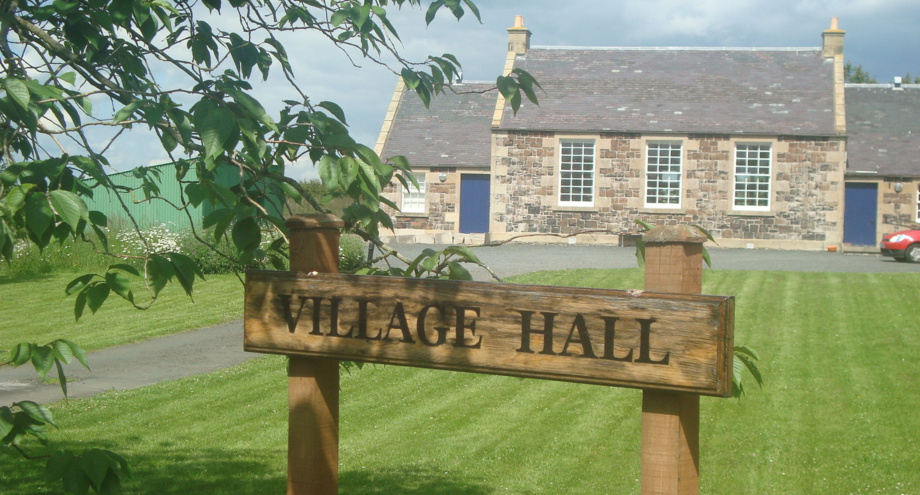
History of Smailholm
There are so many excellent sources on the history of Smailholm that we won't try to reproduce them here, but you may find the following
links helpful:
Historic Scotland - Smailholm Tower
Undiscovered Scotland - Smailholm Tower
Wikipedia - Smailholm
Clan Pringle
In addition, the Heritage Hub in Hawick, Scottish Borders Archive and Local History Centre, is a mine of information for those who want to trace local and family history. Their collections
include material relating to families and local communities; census, births, marriages and deaths; land ownership from 16th century; local business records including textile, fishing and
farming industries; government, law and order and schools log books; famous Borderers, such as Sir Walter Scott, who spent some of his childhood in Smailholm Parish. The very
helpful staff can assist you in your search.
For more information visit : http://www.heartofhawick.co.uk/heritagehub/
In 1994, the Borders Family History Society produced a book in which the inscriptions on the gravestones in
Smailholm Churchyard are reproduced. This useful booklet, indexed by family name, also contains a list of Smailholm ministers and names from the War Memorial and is ISBN 1 874232 00
0. Visit their website for
information on how to obtain a copy, and much more information on tracing your family in the Borders.
Meanwhile, here are some interesting pieces of information found in old Smailholm records :
- In 1866 there was a railway station only 4 miles from Smailholm at Fans Loanend.
- Rev. Alexander Duncan and his grandson Rev. Thomas Cleghorn were ministers of Smailholm from 1743 to 1847, 104 years between them. Dr. Duncan was the minister when Walter Scott lived at Sandyknowe and was the prototype for Rev. Josiah Cargill in Scott’s “St Ronan’s Well”.
- Smailholm Tower served as a beacon to ships, guiding them to Berwick.
- In 1744 labourers earned 5d or 6d (about 2½p) per day; by 1800 the population had declined, labour was more scarce, and they were able to earn about 1s (5p) per day.
- St. Cuthbert is believed to have come from Wrangholm, a hamlet now no longer in evidence on the farmland of Brotherstone. It is here that he saw a vision of St. Aidan’s soul rising to heaven.
- In 1812 there was a coach through the village every “lawful” day at 9am. to Edinburgh; and a coach from Edinburgh going south passed through at 2pm.
- Rev. Gideon Broun, Minister from 1676 to 1689, was deprived of his post by the Privy Council for, amongst other misdemeanours, "not praying for their Majesties William and Mary."
- Captain Cook’s grandmother, Jean Duncan, lived in Smailholm before her marriage to John Cook of Ednam. They are believed to have married in Smailholm church on 19th January 1693.
- In the mid-19th century there were two schools in Smailholm, the parish school in the village and a school at Sandyknowe, supported by the farmer. There were over 100 scholars. There was no known adult illiteracy.
- In the mid-19th century about 220 people attended Smailholm church each Sunday.
- There was a savings bank in Smailholm village until 1830.
- In May 1303 King Edward I passed through Smailholm. He was travelling north and his journey that day was from Roxburgh to Lauder.

